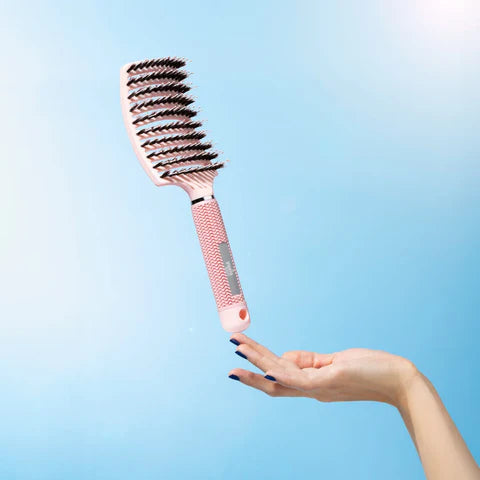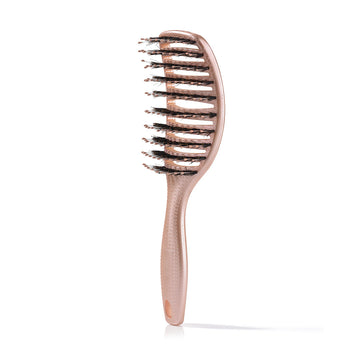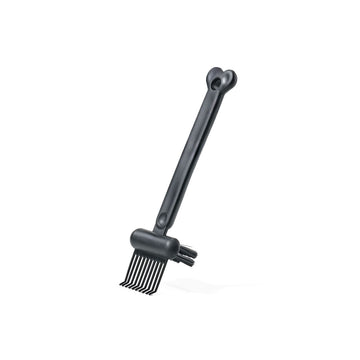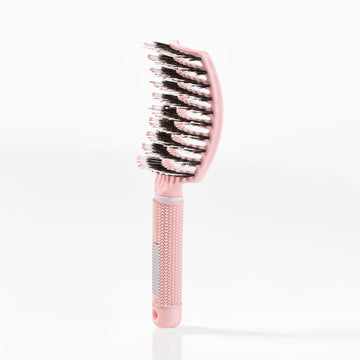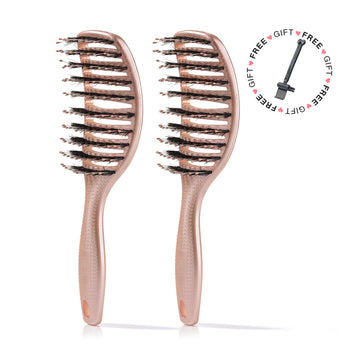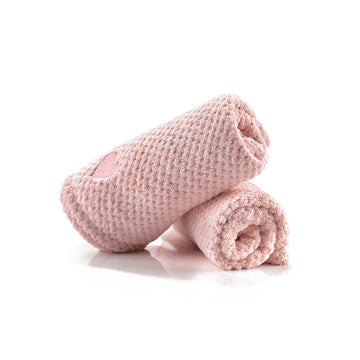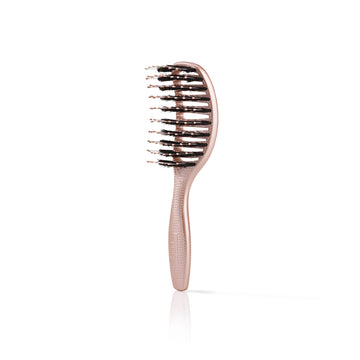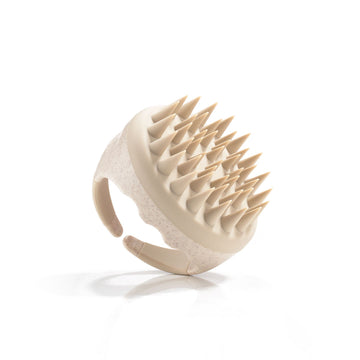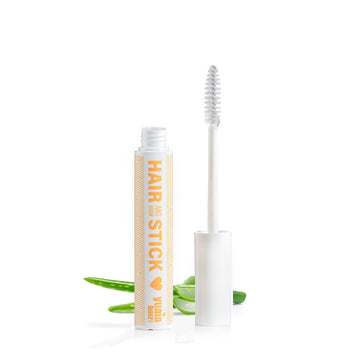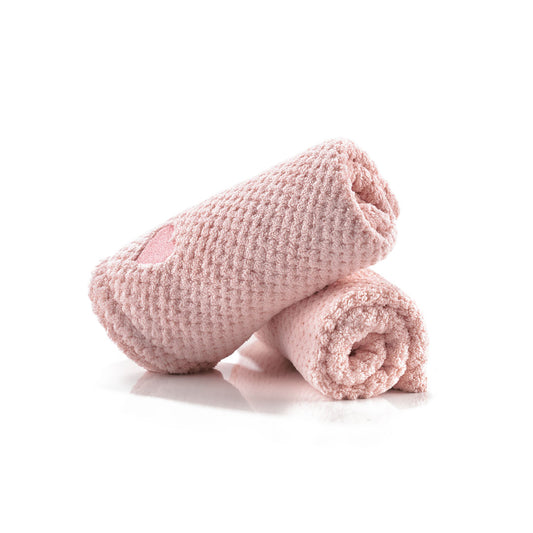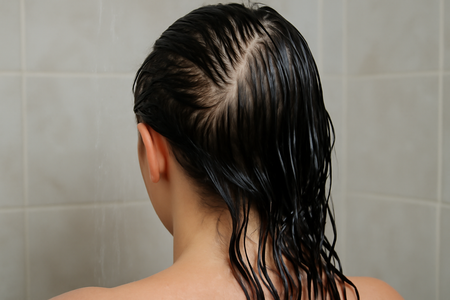
Why can i see my scalp when my hair is wet? Understanding the reasons and when to worry

by Nanna Bundgaard | 15. August 2025 | Reading time: 5 minutes
Read more about the authorNoticing your scalp more prominently when your hair is wet can be a common concern for many. This phenomenon often happens due to the natural behavior of wet hair, which tends to clump together, reducing its overall volume and making the scalp appear more visible. While this is usually normal, understanding the reasons behind it can help determine when it might be a cause for concern.
What happens to hair when it gets wet?
When hair gets wet, the individual strands tend to stick together, creating clumps. This clumping effect reduces the perceived volume of the hair, allowing more of the scalp to be visible. This is particularly noticeable in individuals with fine, straight, or light-colored hair, as these hair types provide less coverage naturally. Additionally, the weight of the water can flatten the hair against the scalp, further enhancing the visibility of the scalp.
The contrast between hair color and scalp color can also play a role. Those with a significant difference between their hair and scalp color may notice their scalp more when their hair is wet. This is because the wet hair lies closer to the scalp, offering less coverage and making the scalp's color more apparent.
When should you be concerned about scalp visibility?
While seeing your scalp when your hair is wet is often normal, there are times when it might indicate a more serious issue. If you notice new or increasing scalp visibility, a widening of your hair part, a receding hairline, or thinning at the crown, it may be a sign of hair thinning or early hair loss. It's important to monitor these changes over time, as early intervention can be beneficial. If these signs persist, seeking medical advice could help address potential underlying issues.
For maintaining healthy hair and scalp, consider using sulfate- and silicone-free products like our Grow and Glow shampoo, which can help support hair health without weighing it down.
When should you be concerned about scalp visibility?
Recognizing when scalp visibility might indicate a more serious issue is crucial for maintaining hair health. While it is common to see more of your scalp when your hair is wet, certain signs may suggest underlying hair thinning or loss. These include:
- New or increasing scalp visibility
- A widening hair part
- A receding hairline
- Thinning at the crown
If you observe any of these changes, it is advisable to monitor them over time. Persistent changes might warrant seeking medical advice, as early intervention can be particularly beneficial. Conditions such as male or female pattern baldness could be underlying causes, and professional guidance may help in diagnosing and managing these issues effectively.
Factors that can influence hair thinning
Several factors can contribute to hair thinning and increased scalp visibility, even when your hair is wet. Understanding these factors can help in addressing them:
- Diet and nutrition: A balanced diet supports hair health, providing essential nutrients that help maintain normal hair.
- Stress: High stress levels can impact hair health, leading to increased shedding or thinning.
- Aging: Natural aging processes can lead to hair thinning over time, affecting both men and women.
Individuals with lighter or fine hair may notice these changes sooner, as their hair provides less natural coverage. While these factors are common, lifestyle adjustments, such as reducing stress and maintaining a healthy diet, can play a role in improving hair health.
For those experiencing thinning hair, incorporating hair oils into your routine can be beneficial. Our rosemary hair oil is designed to nourish the scalp and support hair health, offering a natural approach to managing hair concerns.
Get a 10% discount code sent to you
Receive the best tips and tricks for your hair from Lotte and Nanna 🥰
Understanding why you can see your scalp when your hair is wet is essential for distinguishing between normal hair behavior and potential hair thinning. While wet hair naturally clumps together and flattens, making the scalp more visible, there are additional factors that can contribute to this phenomenon.
Practical tips for managing wet hair
Managing wet hair with care can significantly reduce the risk of damage and maintain hair health. Here are some practical tips to consider:
- Gentle handling: Wet hair is more fragile and prone to breakage. Avoid aggressive towel drying or brushing. Instead, gently pat your hair with a towel. Using a microfiber towel can help minimize friction and reduce frizz.
- Use appropriate products: Choose sulfate- and silicone-free products to maintain hair health. These products are less likely to strip natural oils from your hair, keeping it hydrated and healthy.
- Scalp massages: Regular scalp massages can increase blood circulation, promoting healthier hair growth. Consider using nourishing oils, such as our rosemary hair oil, to enhance the benefits of the massage.
Microfiber towel for hair
Super-absorbent microfibre shortens drying time and reduces frizz and breakage.£12.00 £24.00
Frequently asked questions
Why does my scalp show more with wet hair?
When hair is wet, it clumps together and flattens, reducing its volume. This natural behavior makes the scalp more visible, particularly in those with fine, straight, or light-colored hair.
What are easy self-checks for hair thinning?
To assess potential hair thinning, look for signs such as a widening hair part, increased shedding, or changes in hairline. Monitoring these signs over time can help determine if further action is needed.
How can I improve hair density naturally?
Improving hair density naturally involves maintaining a healthy lifestyle and using gentle hair care products. Regular scalp massages and the use of natural ingredient-based products can support stronger, thicker hair.
Get a 10% discount code sent to you
Receive the best tips and tricks for your hair from Lotte and Nanna 🥰
 2-4 day UK delivery
2-4 day UK delivery
 25.000+ satisfied customers
25.000+ satisfied customers
 Satisfaction Guarantee
Satisfaction Guarantee





